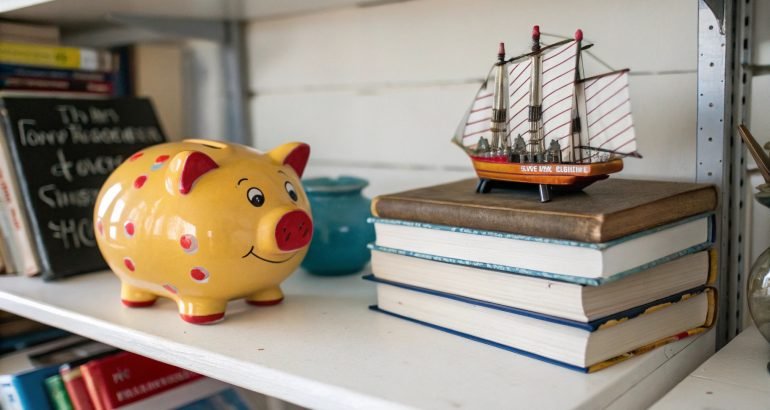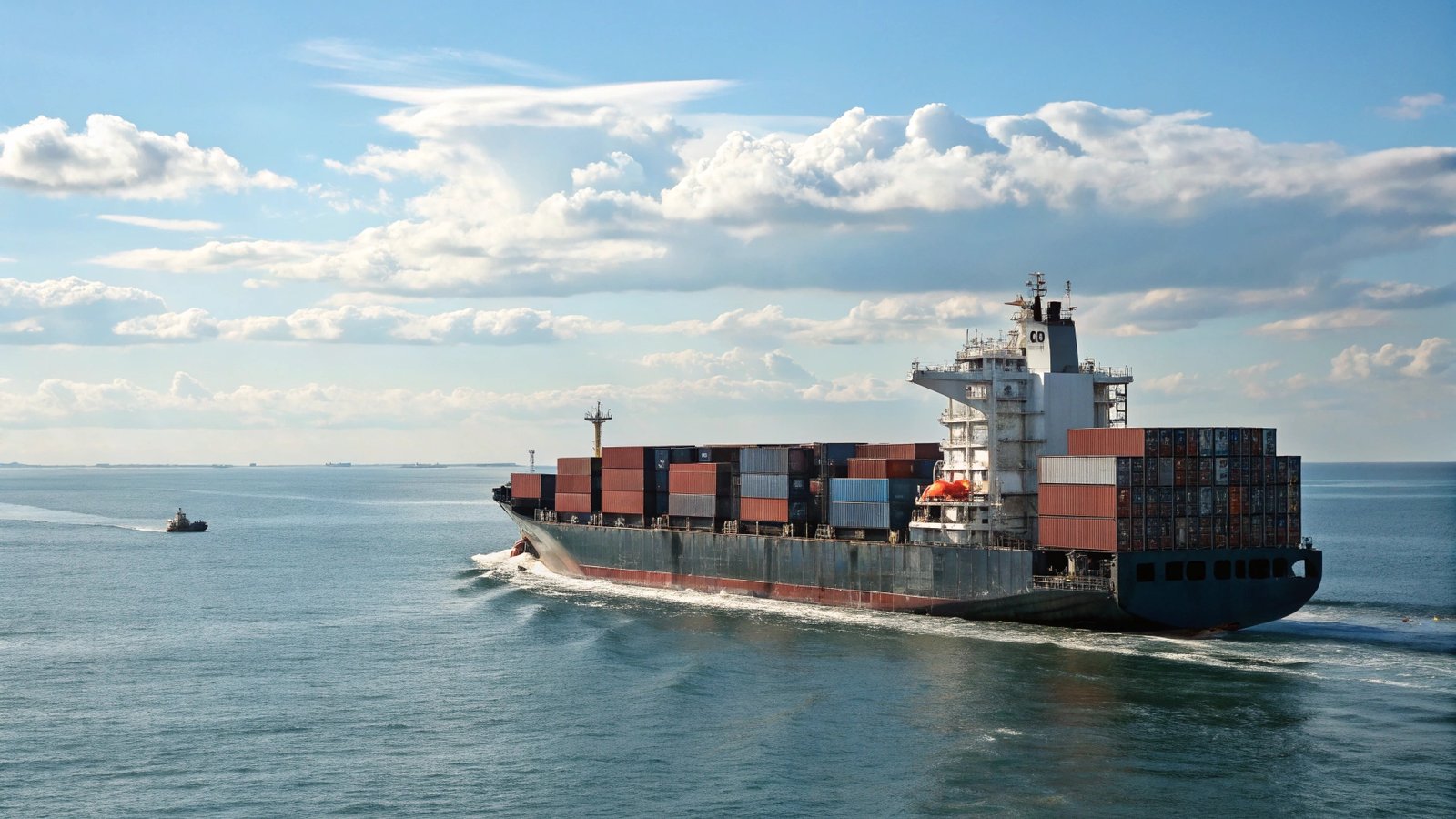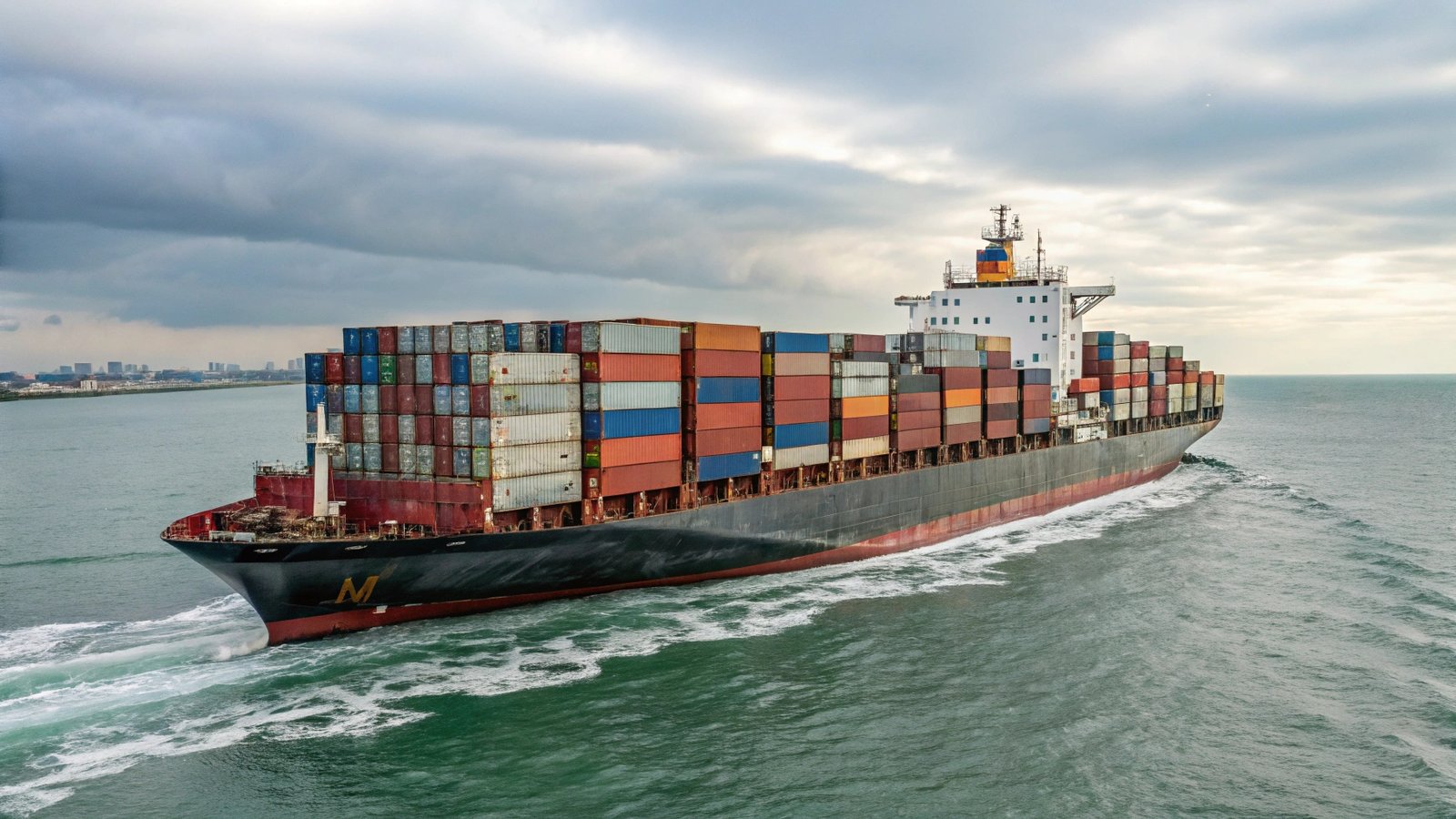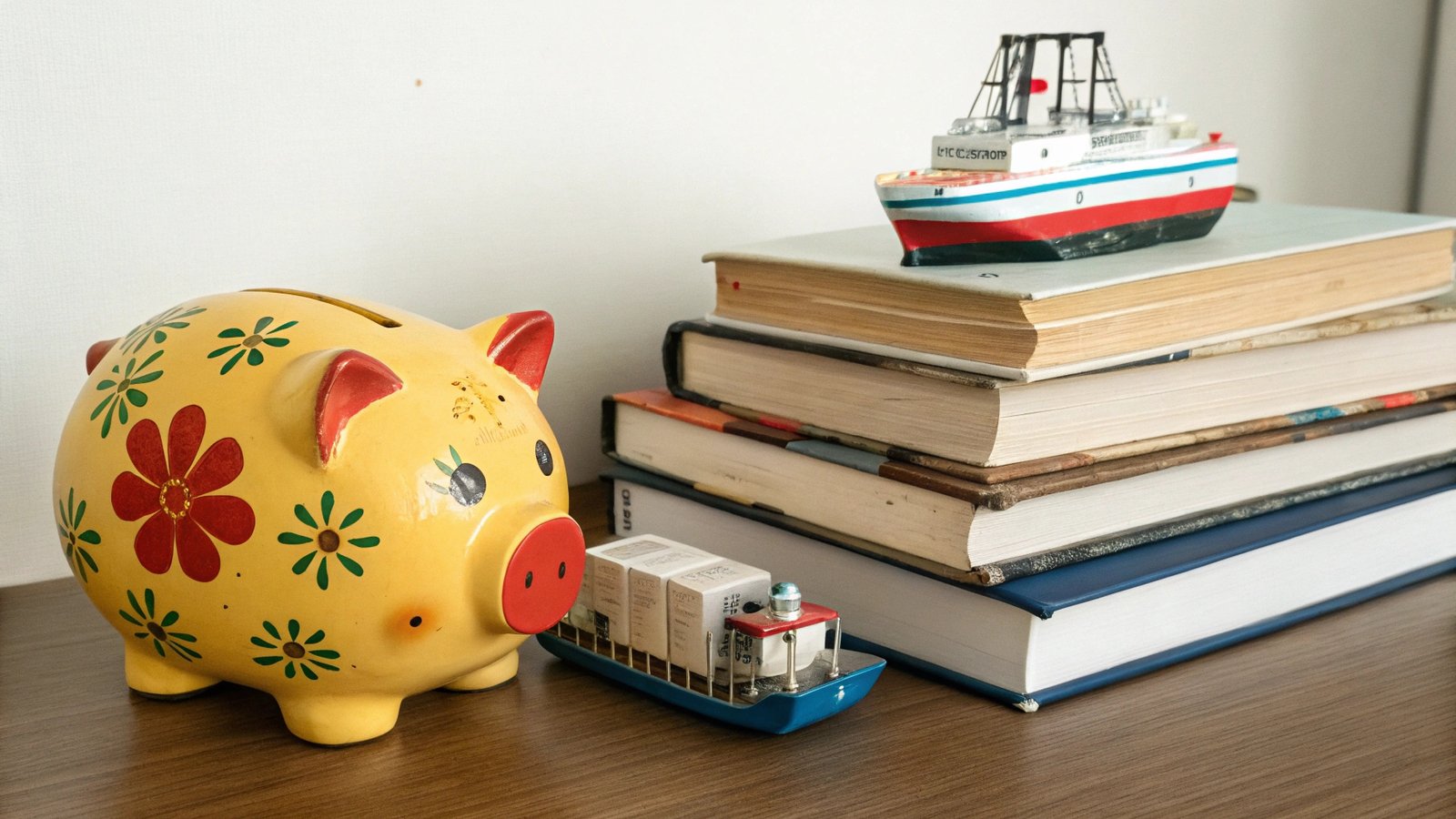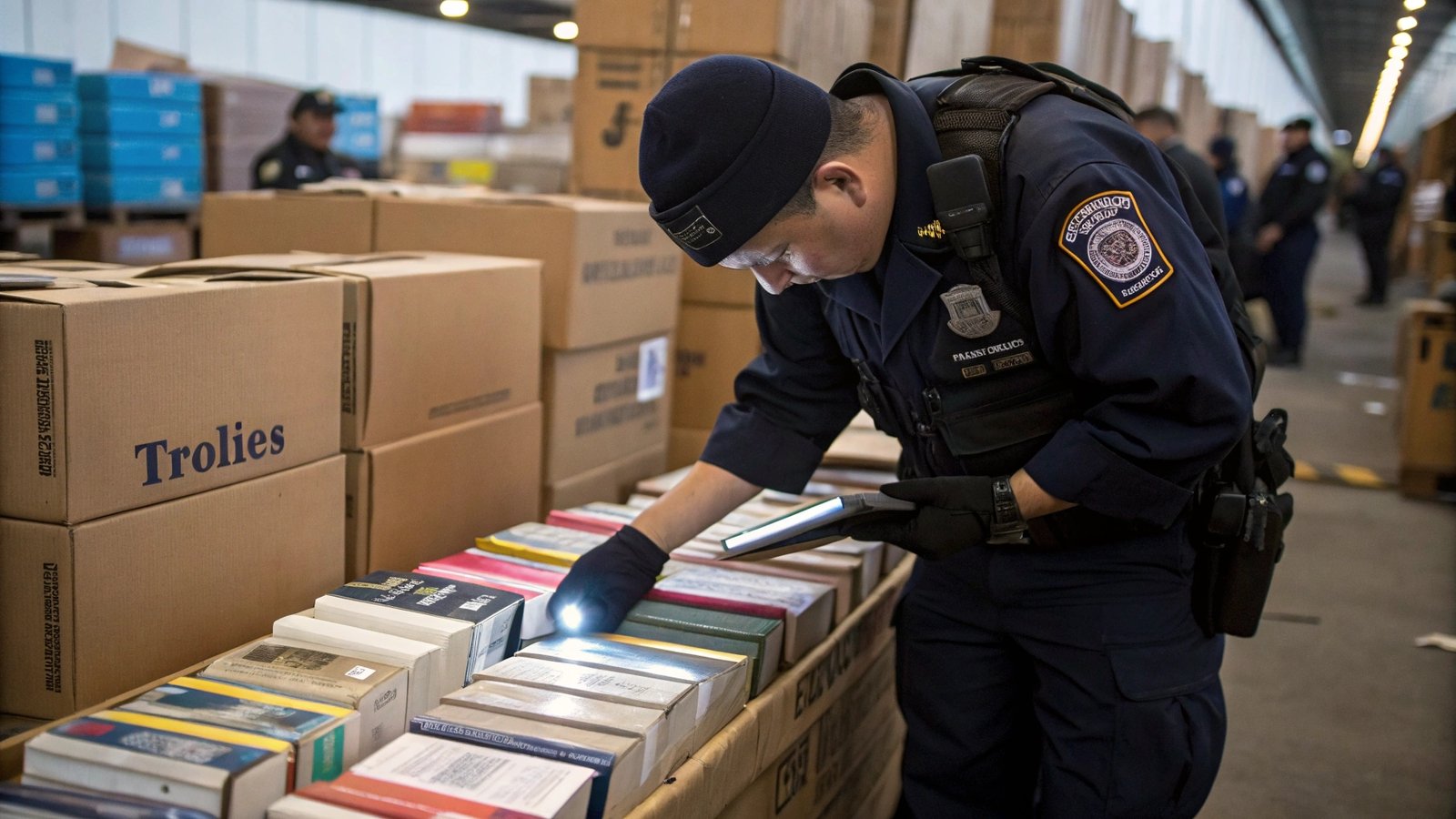Struggling with the complexities of international shipping? Delays and hidden costs can threaten your project’s success. Smart logistics management is the key to a smooth and affordable process.
The best way to manage shipping is to partner with a reliable freight forwarder. They will handle everything from choosing between sea and air freight to managing customs paperwork. This ensures your books are transported efficiently, clear customs smoothly, and arrive within your budget and timeline.
Getting your books from our factory in China to your warehouse can feel like a huge challenge. I’ve seen many clients, from indie authors to large publishing houses, get overwhelmed by this part of the process. But it doesn’t have to be a source of stress. Over my 37 years in this business, I’ve learned that a successful print run isn’t finished until the books are safely in your hands. Mastering a few key parts of logistics will protect your investment and your launch date. Let’s break down what you need to know to make your shipping process simple and predictable.
What is the best way to transport large amounts of books?
You have a large order of beautiful books ready. But how do you get them across the ocean without spending a fortune? Understanding your options is crucial for cost-effective transport.
For large quantities of books, sea freight is the most economical choice. While it takes longer, typically 3-6 weeks to the US, the cost savings are massive compared to air freight. This method is perfect when you can plan your inventory needs well in advance.
Dive Deeper
Choosing your shipping method is a strategic decision. You must balance cost, how many books you’re shipping, and how fast you need them. I always tell my clients to think about their go-to-market timeline. If you have a flexible launch date and a large print run, sea freight is your best friend. The cost per book is significantly lower.
For sea freight, you have two main options:
- FCL (Full Container Load): You pay for an entire container. This is the most cost-effective option if you have enough books to fill one.
- LCL (Less than Container Load): You share container space with other importers. It’s great for smaller-to-medium sized orders that don’t justify a full container.
Air freight is your emergency option. It’s fast, taking about a week, but it is much more expensive. I remember a client, a production director named Stephanie, who needed a small reprint for a surprise author event. Air freight was the only way to meet her deadline. It saved the day, but we only used it because speed was more important than cost.
Here is a simple comparison:
| Feature | Sea Freight | Air Freight |
|---|---|---|
| Best For | Large, non-urgent orders | Small, urgent orders |
| Transit Time | 3-6 weeks | 5-10 days |
| Cost | Low | High |
| Volume | High volume (LCL/FCL) | Low volume |
How to arrange shipping from China?
Your books are printed and packed. Now you face the confusing world of international shipping. A clear, step-by-step process can make this part easy and stress-free.
The easiest way to arrange shipping is to hire a freight forwarder. They act as your logistics agent, handling booking, paperwork, and coordination. Alternatively, you can ask your printer, like us at Huaxin Printing, if we offer door-to-door shipping services.
Dive Deeper
Think of a freight forwarder1 as your project manager for shipping. They are experts who have relationships with carriers2 and understand the complexities of global trade. I always recommend this route for my clients, especially those new to importing. A good forwarder will get quotes, book space on a ship or plane, and guide you through the necessary paperwork. They make sure nothing falls through the cracks.
We often work with forwarders on behalf of our clients. The process generally looks like this:
- Get a Quote: We provide the forwarder with the weight and volume of the shipment. They provide a quote based on the shipping method (sea or air) and the final destination.
- Booking: Once you approve the quote, the forwarder books the shipment with a carrier.
- Documentation: This is the most critical step. We help you prepare the Commercial Invoice and Packing List. For sea freight to the US, your forwarder will also handle the Importer Security Filing (ISF or "10+2"). Accurate paperwork is essential to avoid customs delays.
- Coordination: The forwarder coordinates the pickup of your books from our factory and manages the entire journey until it reaches the destination port or your warehouse.
It’s also important to understand basic shipping terms, known as Incoterms. The most common one is FOB (Free On Board). This means our responsibility as the printer ends once we deliver the goods to the designated port in China. From there, your forwarder takes over. This clarity helps everyone know who is responsible for what.
How to reduce shipping costs from China?
High shipping costs are eating into your profits. Unexpected fees and surcharges can completely ruin your budget. A few smart strategies can significantly lower your overall shipping expenses.
Plan ahead to use sea freight instead of air. Consolidate your shipments to fill a container (FCL) if you can. Ship during the off-season and always compare quotes from multiple freight forwarders to get the best price.
Dive Deeper
Controlling shipping costs is all about planning. The more time you have, the more money you can save. The single biggest way to save is by choosing sea freight over air freight, but there are other effective tactics too.
First, timing is everything. Shipping rates spike during peak seasons. This includes the months leading up to Christmas (August-October) and right before Chinese New Year (usually in January or February). If you can plan your print run to avoid these times, you will find much lower rates and better availability.
Second, maximize your volume. As I mentioned, an FCL shipment has a lower per-unit cost than an LCL shipment. If your order is close to filling a container, it might be worth increasing the print quantity slightly to get the FCL rate. The savings on shipping could make the extra books very cheap.
Third, think about packaging. At Huaxin Printing, we design packaging to be tough but also efficient. Sturdy, waterproofed cartons are essential to prevent damage. But we also ensure there is no wasted space. For air freight, costs are based on dimensional weight (a measure of volume), so efficient packaging directly translates to cost savings. By protecting your books properly, you also avoid the costs associated with damage and replacements.
How much is the tax when shipping books from China?
You are worried about getting hit with high taxes and duties at the border. An unexpected customs bill can be a nasty surprise. Understanding the rules helps you budget accurately.
For importers in the United States, there is good news. Most printed books such as children books and bibles are duty-free. They generally fall under a Harmonized Tariff Schedule (HTS) code with a 0% tariff, or at most 7.5% for some general trade titles. However, you will still need to pay customs clearance fees and other small charges.
Dive Deeper
When clients like Stephanie ask about taxes, they are relieved to hear that books are usually duty-free in the US. This is a huge advantage for publishers. However, "duty-free" does not mean "cost-free" when it comes to customs. You need to budget for a few other things.
Your customs broker (often part of your freight forwarder’s service) will charge a fee for preparing and filing the customs entry. You also have to pay a few standard government fees.
| Here are the typical costs you can expect for a US import: | Fee Type | Description | Applies To |
|---|---|---|---|
| Customs Broker Fee | Fee for the service of clearing your goods. | All shipments | |
| MPF (Merchandise Processing Fee) | A CBP fee based on the value of the goods. | All shipments | |
| HMF (Harbor Maintenance Fee) | A CBP fee for shipments arriving by sea. | Sea freight only |
These fees are usually not very high, but they are important to include in your budget. The key to a smooth process is providing your broker with a correct Commercial Invoice. This document lists the value of your books, and customs uses this value to calculate the fees. Proactive management and partnering with an experienced customs broker turn this complex step into a simple part of your import process. Finally, always get cargo insurance. It is a small cost that protects your entire financial investment against loss or damage during the long journey.
Conclusion
Smart shipping from China means choosing the right method, working with experts, and planning ahead. This ensures your books arrive safely, on time, and within your budget.

